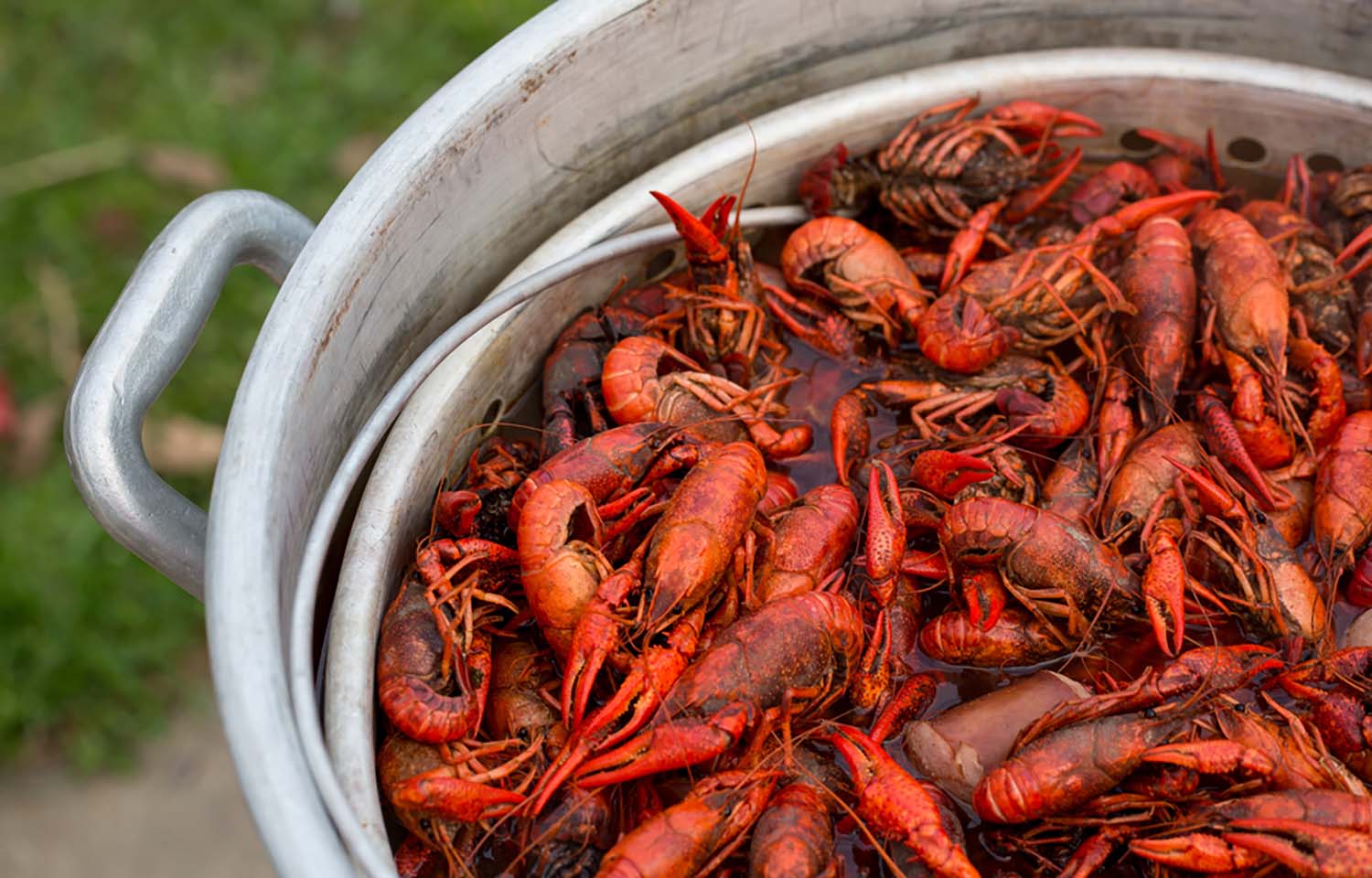Louisiana crawfish producers suffering from drought conditions now have access to emergency financial relief, following requests from state officials and representatives for federal action.
Last year was a difficult one for Southern crawfish producers, with extreme heat and a subsequent freeze causing a sudden decrease in crawfish production. The Louisiana State University’s Agriculture Center estimated the potential losses from the extreme weather to be nearly USD 140 million [EUR 130 million].
In response, the U.S. Department of Agriculture’ (USDA) Farm Service Agency (FSA) has made changes to the Emergency Assistance for Livestock, Honeybee, and Farm-Raised Fish Program (ELAP), opening the program to crawfish producers impacted by the extreme heat conditions last year.
“When we make farm policy decisions, we recognize that not all agricultural commodities are grown or raised the same or fit in nice, neat categories as it relates to how we deliver our programs. Such is the case with crawfish production,” FSA Administrator Zach Ducheneaux said. “We’re updating our program to provide crawfish disaster recovery assistance. This announcement is another example of how the Farm Service Agency continues to follow through on our obligation to improve programs.”
Drought-affected crawfish businesses can now submit ELAP applications to the FSA. The USDA previously made ELAP funding available to crawfish producers in 2021 following a freeze.
The USDA’s action comes after the drastic conditions prompted U.S. Representative Clay Higgins (R-Louisiana) to request federal assistance from the department in January. A second request from U.S. Rep. Garrett Graves (R-Louisiana) and U.S. Rep. Troy Carter (D-Louisiana) was sent in February.
“The decision to include crawfish in the ELAP program is a win for Louisiana’s farmers,” Higgins said.
“Everyone at home felt the effects of last year’s heat on our crawfish – from farm to table,” Graves said following the USDA’s announcement. “We knew that the federal government didn’t need any more authority to do the right thing and provide relief to our crawfishers. While it shouldn’t have taken three months for the Department of Agriculture to act, we appreciate that our farmers will now receive this long-awaited support. We will continue doing everything that we can in Congress to do our crawfishers (and our crawfish) justice.”
ELAP isn’t the only source of federal financial assistance available to Louisiana crawfish producers. In March, the U.S. Small Business Administration (SBA) announced low-interest federal disaster loans would be made available to Louisiana crawfish businesses after the state’s governor issued a disaster declaration.
“The SBA's mission-driven team stands ready to help Louisiana small businesses affected by the drought and resulting crawfish shortage," SBA Administrator Isabella Casillas Guzman said. “We’re committed to providing federal disaster loans swiftly and efficiently, with a customer-centric approach to help businesses and communities weather this environmental and economic challenge.”








